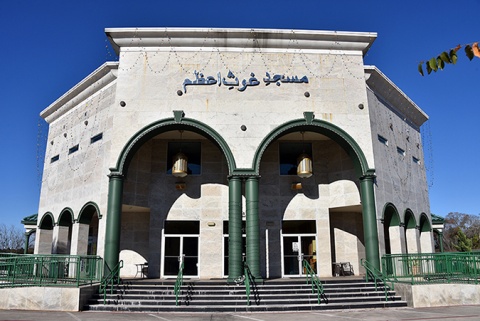(By Mian Iftikhar Ahmad panah786@gmail.com +92 321 6681663)
The relationship between Pakistan and the United States has always revolved around mutual interests, shifting global politics, and economic dependency. Since Pakistan’s creation, the U.S. has extended significant financial aid at various stages — sometimes to support the economy, sometimes to strengthen security, and often to protect American interests in the region. The aid program that began in the 1950s under USAID initially focused on agriculture and technical development but soon transformed into a mixture of military, economic, and political assistance. During the Cold War, the U.S. viewed Pakistan as a strategic ally against Soviet expansion. The 1980s Afghan war saw a massive influx of U.S. aid; however, instead of promoting self-reliance, this assistance deepened Pakistan’s economic dependency.
Through USAID, the U.S. aimed to support development in areas like energy, governance, health, and education. In theory, these programs were meant to uplift Pakistan’s infrastructure and human capital, but in practice, many projects failed to achieve sustainable results due to corruption, poor management, and policy inconsistency. A large portion of the aid funds flowed back to the U.S. through consultants, feasibility studies, and imported goods, leaving a limited impact on Pakistan’s domestic economy.
In contrast, the IMF provides financial assistance through loans linked to strict conditionlities — including fiscal reforms, removal of subsidies, taxation hikes, and currency devaluation. While these measures temporarily stabilize Pakistan’s foreign reserves and budget deficits, they simultaneously burden the common citizen through inflation, unemployment, and declining business confidence. Over the last four decades, Pakistan has entered almost two dozen IMF programs, yet each ended with the economy returning to stagnation, primarily because structural reforms and export diversification were never fully implemented.
If the USAID represents the “soft power” dimension of American assistance, IMF loans embody its “hard power.” Both, however, serve a broader U.S. strategic interest — keeping Pakistan within its geopolitical orbit. For the U.S., Pakistan has alternately been a counterweight to Soviet influence, a front-line partner in the War on Terror, and now a balancing factor against China’s growing role in South Asia. Unfortunately, Pakistan has often viewed these ties through the lens of short-term necessity rather than long-term self-sufficiency.
The impact of U.S. aid on Pakistan’s economy is therefore twofold. On one hand, aid-driven projects have improved certain sectors like energy, health, and agriculture. On the other hand, dependence on foreign funds has discouraged innovation, industrial competitiveness, and fiscal discipline. Instead of building resilience, successive governments have relied on aid inflows to postpone tough economic decisions, leaving the country trapped in a recurring cycle of debt and dependency.
Today, Pakistan faces a crucial challenge: to move from “aid dependency to self-reliance”. This requires structural reforms in export industries, agriculture, taxation, and human development. Rejecting U.S. aid altogether would be unwise, but it must be accepted on “equal and transparent terms”, ensuring that national interest remains the top priority. The goal for Pakistan should be to transform its image from an “aid-recipient” nation to a “development partner” — one that engages with the U.S. and global institutions through mutual respect, economic strength, and strategic autonomy.



